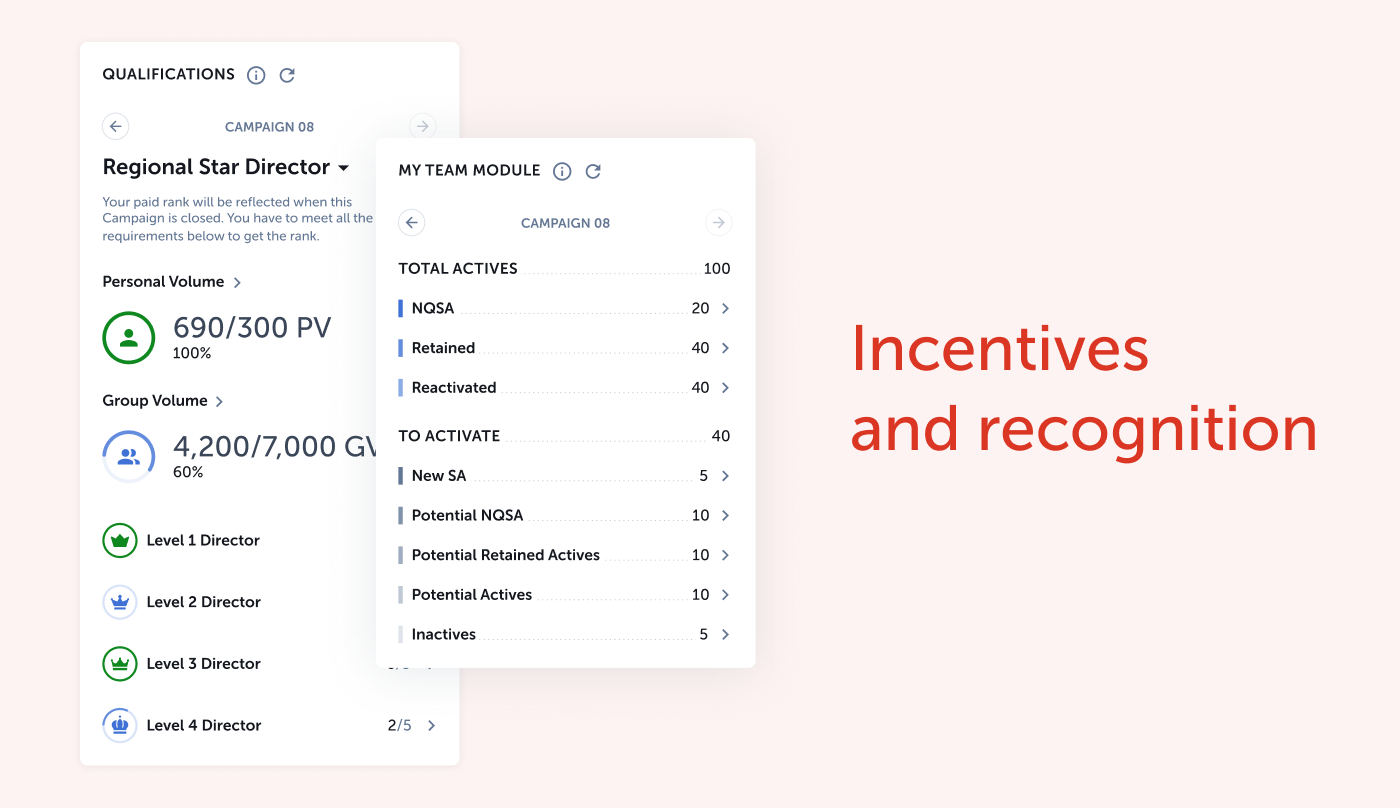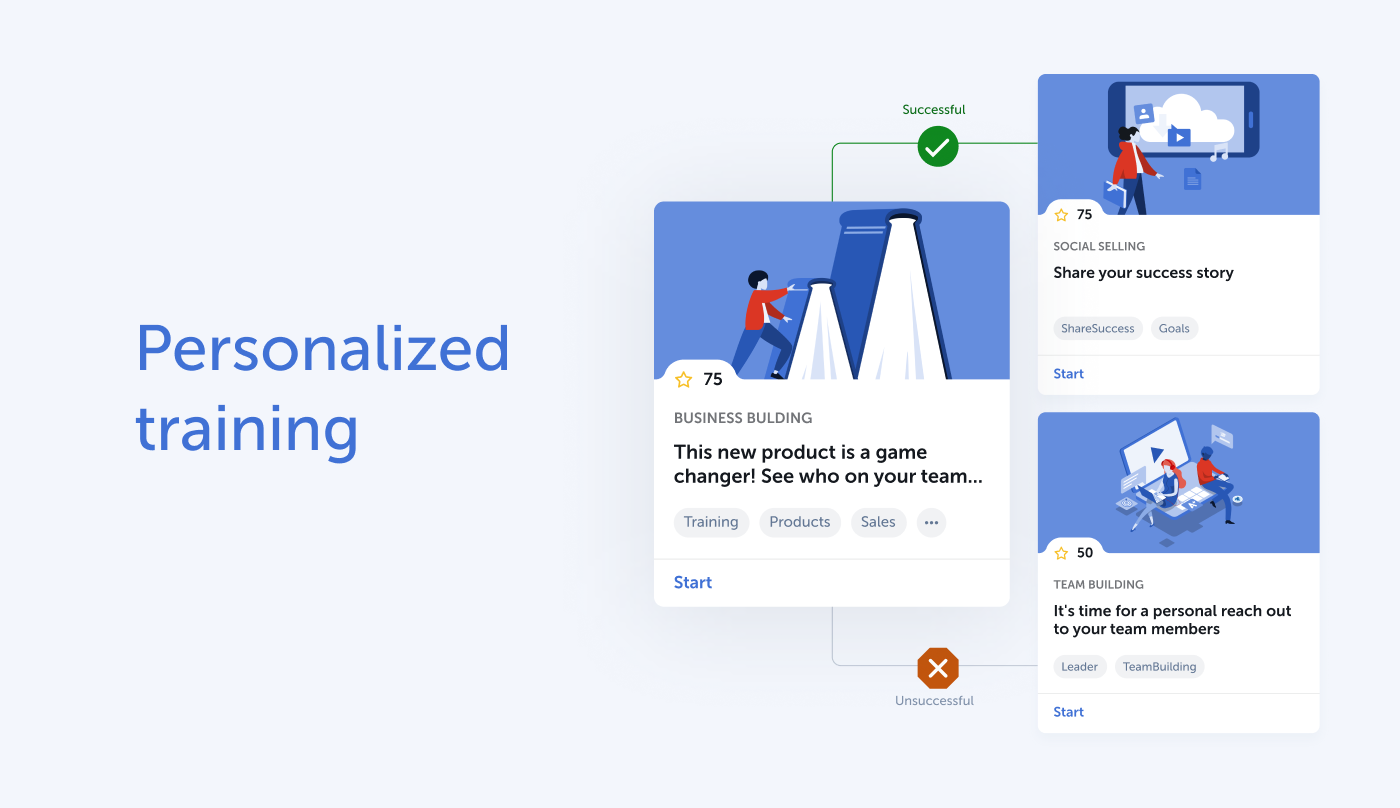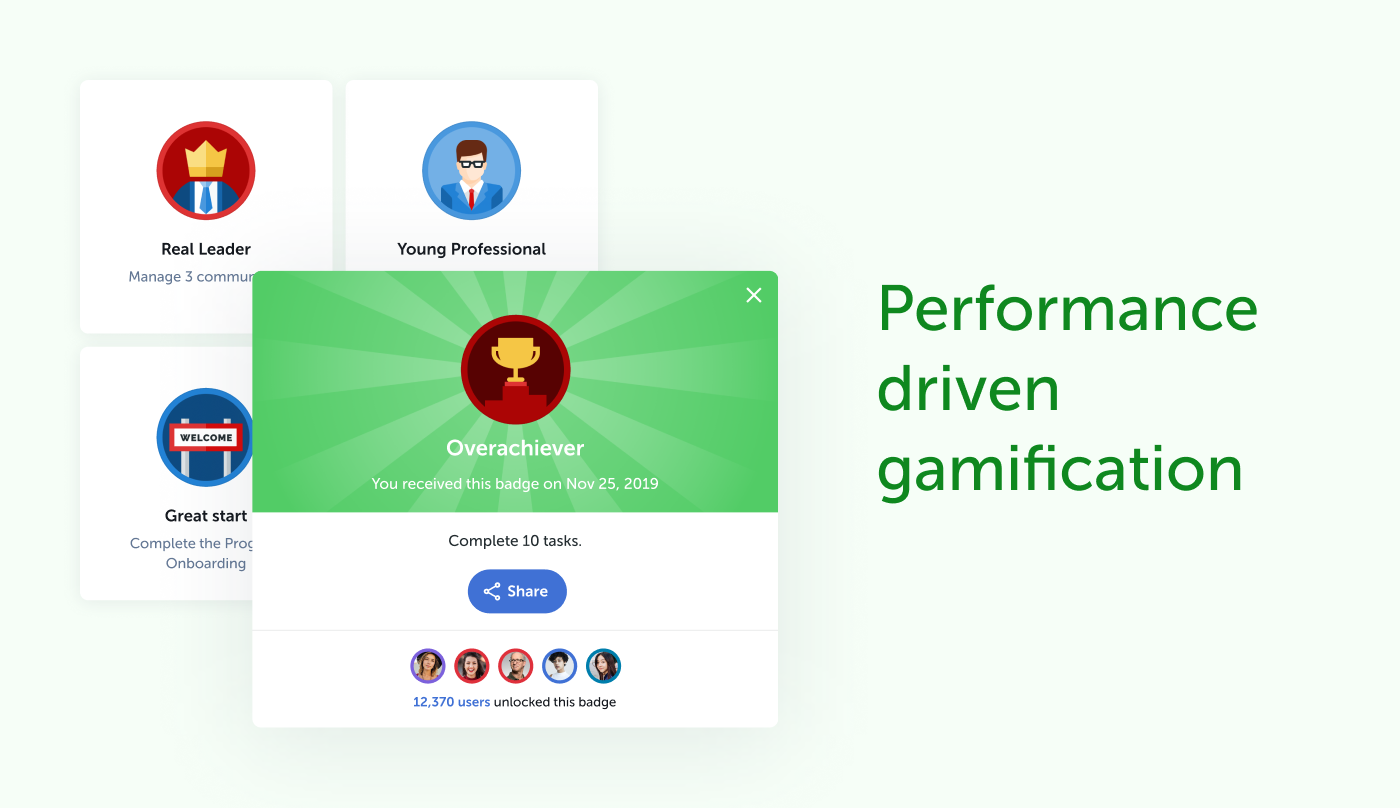New Report Highlights What Makes Incentives & Recognition Work
Three Steps to Empower Your Workforce with Incentives & Recognition
Providing incentives & recognition in order to increase productivity is an age-old concept. Business leaders from around the world, regardless of industry or sector, have employed such initiatives in order to increase workforce performance. While these strategies are usually implemented in good faith, they very often yield short-term results while doing nothing to boost overall engagement in the long term.
According to a Gallup poll, 85% of workers are not engaged in the workplace, and only 15% are. That means the majority of people have no emotional attachment to their job and are doing the bare minimum in order to get a paycheque. This information doesn’t bode well for business leaders, as studies have shown time and time again that a well-engaged and enthusiastic workforce increases overall productivity and reduces absenteeism. It’s obvious that offering incentives alone isn’t doing the trick, as there still seems to be a lack of motivation that is causing the majority of individuals to disengage with their workplace. So, how can business leaders connect with their workforce in order to boost productivity?
The Basics of Incentives and Recognition
Rewards and recognition systems, i.e. incentives and recognition, can play a significant role in improving workforce performance. How so? Let’s take a look.
- Motivation: Rewards and recognition can act as powerful motivators for employees to perform better. When workforce members know that their hard work and efforts will be recognized and rewarded, they are more likely to put in extra effort to achieve their goals. You just need the right incentives and recognition technology to make that happen. Therein lies the rub.
- Increased engagement: When workforce members are recognized for achievements, they feel valued and appreciated, which can lead to increased engagement with the organization. Performance rises, and engagement continues to rise. Engaged people are more likely to be committed and perform at a higher level.
- Retention: Rewarding and recognizing employees for their contributions can help improve retention rates. When t feel vahe workforce lued and appreciated, they are more likely to stay with the organization, reducing attrition costs and ensuring that investments produce results.
- Teamwork: Rewards and recognition can also help promote communication and collaboration. When workforce members are recognized for their individual contributions to corporate goals, it can increase their sense of belonging and motivation to work towards a common goal.
- Continuous improvement: Rewards can also help drive continuous improvement. By recognizing and rewarding workforce members who go above and beyond, organizations can encourage the workforce to continue pushing themselves to achieve even higher levels of performance.
Overall, incentives and recognition can have a positive impact on workforce performance by motivating workforce members, increasing engagement, improving retention rates, promoting collaboration, and driving continuous improvement.
Use people analytics to make incentives & recognition work
When it comes to work, the majority of people want to feel appreciated and valued in their role. Knowing that their contributions are making a positive and meaningful impact on business objectives will help individuals form a deeper connection to their company and keep them motivated in the long run. According to Hubspot, 69% of employees said they would work harder if they were better appreciated. That’s an alarming number of people who are performing at a subpar level because they don’t feel valued by their organization. When workers are properly acknowledged for their hard work and effort, they are more likely to report feeling satisfied in their job, and that satisfaction translates into personal and business success.

In order for that to change, business leaders really need to take the time to learn more about each individual – their skills, habits, and performance. In the past, traditional methods of acquiring this information were much more difficult, not to mention cumbersome and time-consuming. Nowadays, thanks to people analytics, it is possible to tap into this wealth of information and get a detailed account of your workforce in order to better connect with them.
Using a data-driven approach to incentives & recognition, modern technology provides a more efficient way of tracking and analyzing worker habits and performance. The data collected provides valuable insight for business leaders – they now have a better grasp of the skills and behavior of their workforce, which can be used to help them achieve their goals.
Optimize the journey to success through personalized upskilling and reskilling
No two snowflakes are alike – the same goes for each person. It’s important to consider this ideology when attempting to understand individual objectives. Although they may work for the same organization, a workforce is not a singular monolith. It consists of many different individuals with unique career goals and ambitions, even within the same role itself. Therefore, it isn’t logical to create a one-size-fits-all system when it comes to upskilling and/or reskilling, because not everyone relates to the common end goal. This further demotivates individuals and decreases productivity because they cannot see the so-called benefit of the training program since it is not aligned with their own personal ambitions. Field sales training will suffer.

In order to maximize workforce performance and success, business leaders need to employ a customized action plan for each individual, which can then be aligned to overall company objectives and KPIs. The algorithms driven by people analytics can analyze existing performance metrics and day-to-day habits to devise the best training program for each individual. This customized learning path caters to an individual’s strengths and weaknesses, ties their personal goals to business KPIs and fills in any skills gaps they may have. Field sales training grows to suit the user’s needs.
Drive engagement and field sales training with data-driven gamification and interactive tasks
Gamification has been growing in popularity and is expected to continue its exponential rise in the coming years. Between 2020 and 2025, the gamification market size is projected to grow from 9.1 billion to 30.7 billion USD. Gamification and incentives and recognition are clearly having an impact on the workplace as more and more organizations take advantage of its ability to drive engagement through game mechanics.

When implemented correctly, gamification has the potential to fully engage a workforce by catering to their personal behavioral habits. Rich media tasks are created to take participants through an individualized game-like journey of learning, whether it’s for onboarding, upgrading, or developing new skills. Personalizing the learning journey provides individuals with a connection to their personal goals while fulfilling corporate requirements. Rewards for completing these interactive tasks can take any form, as long as the users are properly recognized. This drives field sales training and performance at scale, plus increases retention.
Over the past couple of years, people have been demanding more from companies. Individuals are looking for a connection to their workplace – they want to feel appreciated and valued. People analytics has made it possible for business leaders to truly understand each member of their workforce and to use that information to connect with them and help them succeed.
To find out more about the Rallyware’s Incentive & Recognition Program and to book your demo, click here.
News and Insights on Workforce Training & Engagement
We’re among top-notch eLearning and business engagement platforms recognized for effective training and talent development, helping to empower distributed workforces
Subscribe
